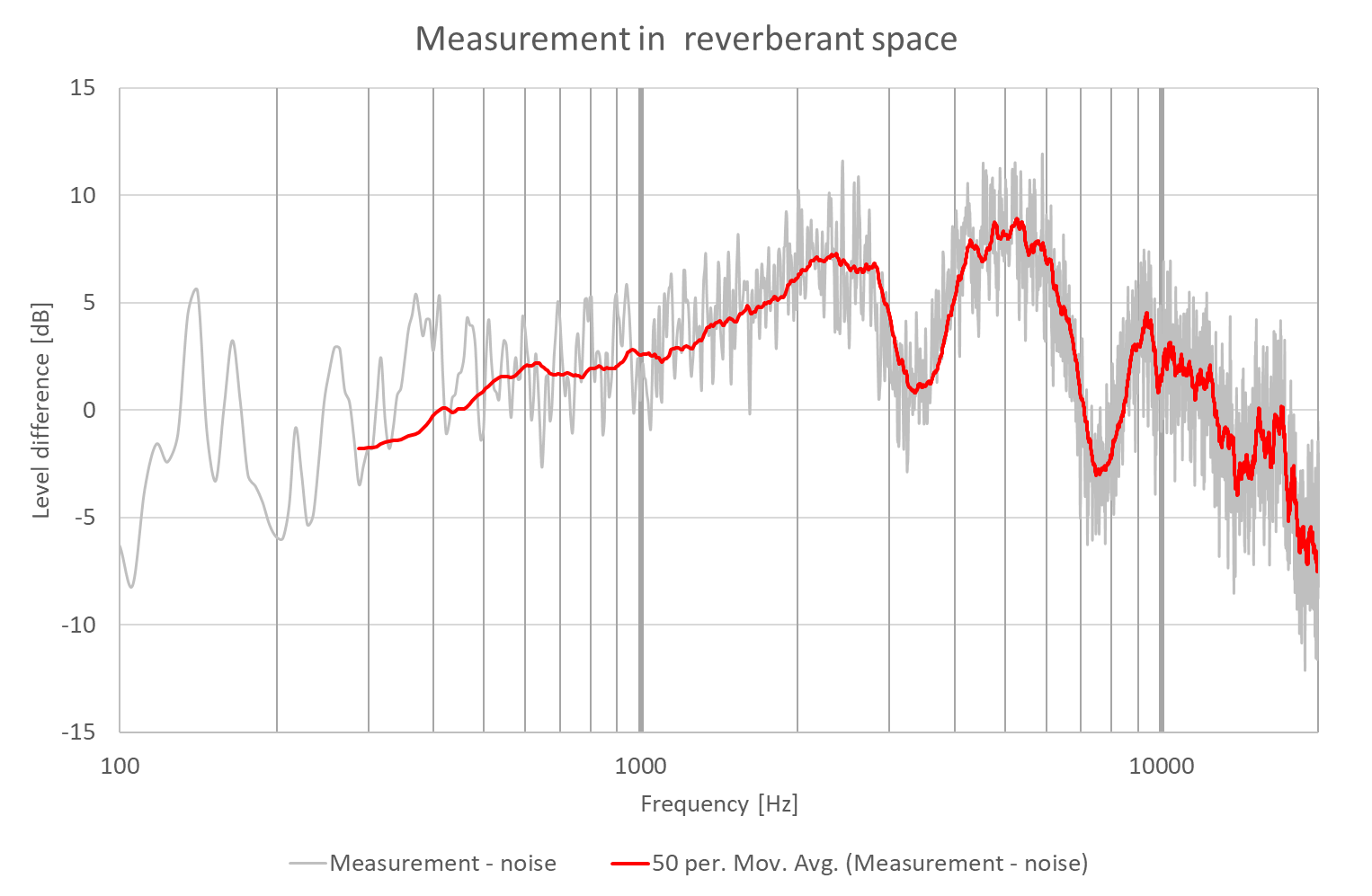

In general, stereo sound recordings are mixed exclusively using loudspeaker systems during listening hence the name “loudspeaker stereo”. What is the difference between binaural audio and stereo? Stereo The happy listener therefore gets a good match and impressive realism. This, however, is limited by the restriction of head movement and the enclosing effect of headphones. In this way a remarkable realism can be achieved. The dummy head microphone, on the other hand, is usually kept stationary. The sound engineer can move during the recording. The recording can use an dummy head or even a torso with different details or use the sound engineer’s own head. In this way, external influences on the sound are eliminated. The sound signals obtained in this way are reproduced using headphones. The binaural recording technique records the sound that falls into the ears in the same way as it is perceived by the human hearing organ.


It is thanks to this that the binaural allows hearing in three dimensions and allows to differentiate the back from the front and the top from the bottom. This is the particularity of binaural compared to stereophonic sound recording: spectral cues. Now, if this sound object is now located at the back on my right, the differences in time and intensity will be about the same as in the previous example, but the timbre will be modified. The sound intensity will be louder on my right ear than on my left ear (my head acting as an acoustic obstacle) and we will perceive the sound object with a particular timbre. Let’s take an example: if a sound source is in front of me on my right, the sound wave emitted will arrive first on my right ear and will arrive with a slight delay on my left ear. To be able to locate a sound in space, our brain analyzes three fundamental psychoacoustic phenomena: the differences in time and intensity between the sound waves that arrive on each of our ears, as well as monaural cues.

This is why the so-called binaural technique approaches a three-dimensional reconstruction of the sound environment, as in real life. Aural, from the Latin auris, means: what is relative to the ear. Binaural listening therefore refers to listening with two ears, which corresponds to our natural listening. really spatially, along with Ambisonics and WFS-Holofonie. To this day, it is the only way to reproduce the sound field of the recording room in all three spatial dimensions, i.e. In this context I refer to the binaural sound recording. However, I am referring here exclusively to the third, the sound technical meaning. Second, “binaural” in the context of hearing aid fitting means when both ears receive a hearing aid. They are used not only to explore the sense of hearing but also to stimulate brain waves to stimulate relaxation, sleep, meditation or concentration. Unlike beat frequencies, binaural beats are not produced by the superposition of sound waves in the ear, but in the brain. This is an acoustic illusion that is perceived when both ears are supplied with sound at slightly different frequencies. There he describes the localization of sound in space, but also especially the so-called “binaural beats”. On this website, all is turning around the term “binaural” and therefore this post is dedicated to explain this word.īut before we look into the details, I would like to clearly define the term “binaural”.įirst, the term “binaural” is used in psychology.


 0 kommentar(er)
0 kommentar(er)
